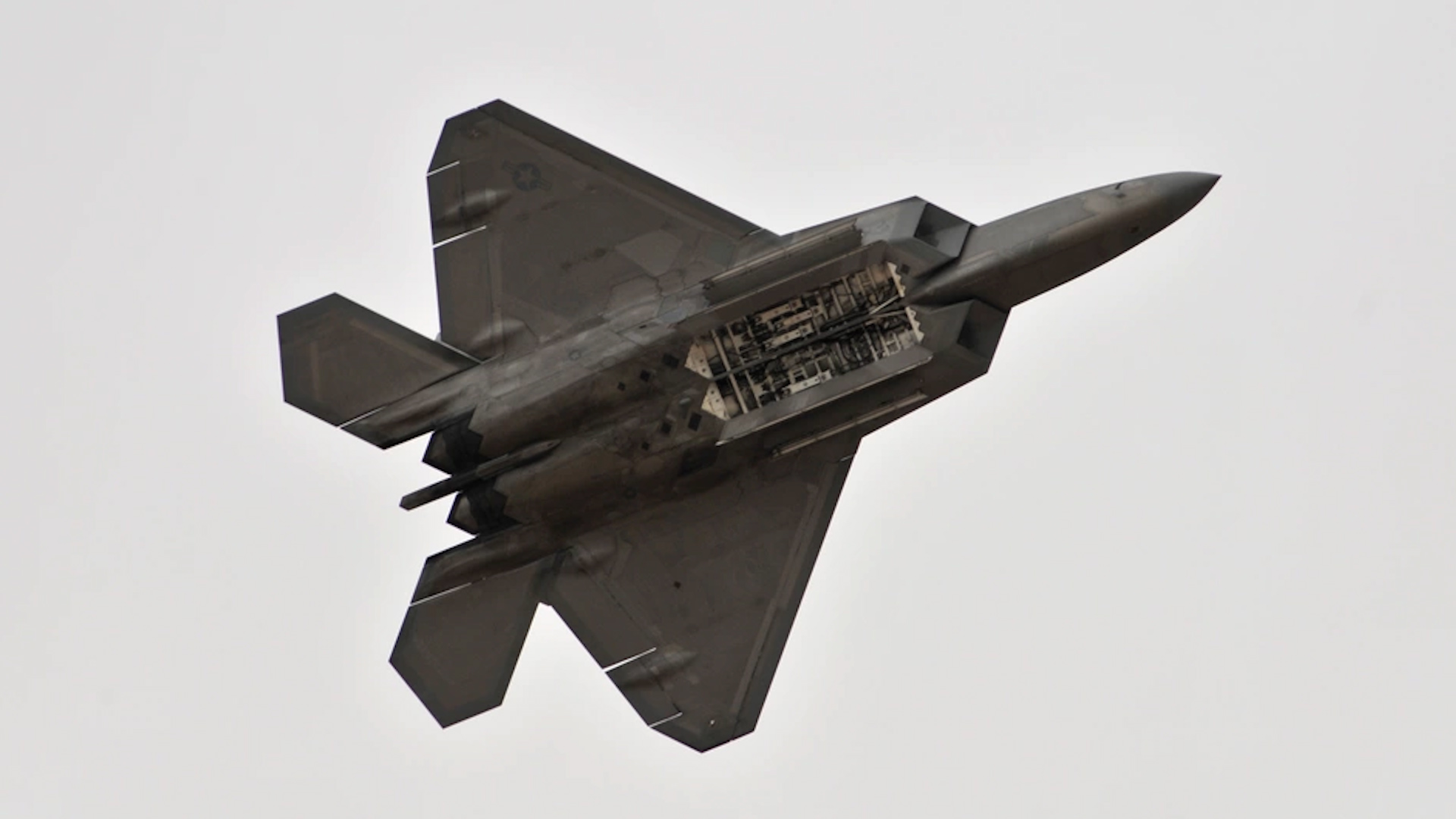
US Air Force secures major boost for next-generation fighter jet engine to replace Raptor

The US Air Force (USAF) has taken a significant step forward in developing its future sixth-generation fighter and expanding its Next Generation Adaptive Propulsion (NGAP) programme which will eventually replace the F-22 Raptor.
The military awarded contract modifications to General Electric and Pratt & Whitney and increased the funding for prototype development to $3.5bn each – more than triple the original $975m set in 2022.
This major investment underscores the air force's commitment to fielding cutting-edge propulsion technology that will power the Next Generation Air Dominance (NGAD) fighter.
The air force has said that NGAD exists to examine technology that is likely to appear on next-generation aircraft, with the goal of enhancements in survivability, lethality, and persistence.
Both companies, GE and Pratt & Whitney are developing adaptive engines – highly advanced power plants that can dynamically adjust their thrust configuration based on mission requirements, optimising fuel efficiency, power, and performance.
A more advanced, adaptable engine will give USAF a decisive edge in future conflicts.
The ability to shift seamlessly between performance modes will enable the NGAD fighter to operate more efficiently over long distances, enhance survivability in contested environments, and provide greater operational flexibility.
As global adversaries continue investing in their own next-generation fighters, the American military is ensuring it remains ahead of the curve.
The F-22 Raptor first took to the skies in September 1997 and has been used by the USAF in support of the air force's Joint All-Domain Operations strategy. However, the sixth-generation aircraft is looking to replace it.
The NGAP funding boost is a clear signal that USAF is committed to fielding the most advanced air combat capabilities in the world.









